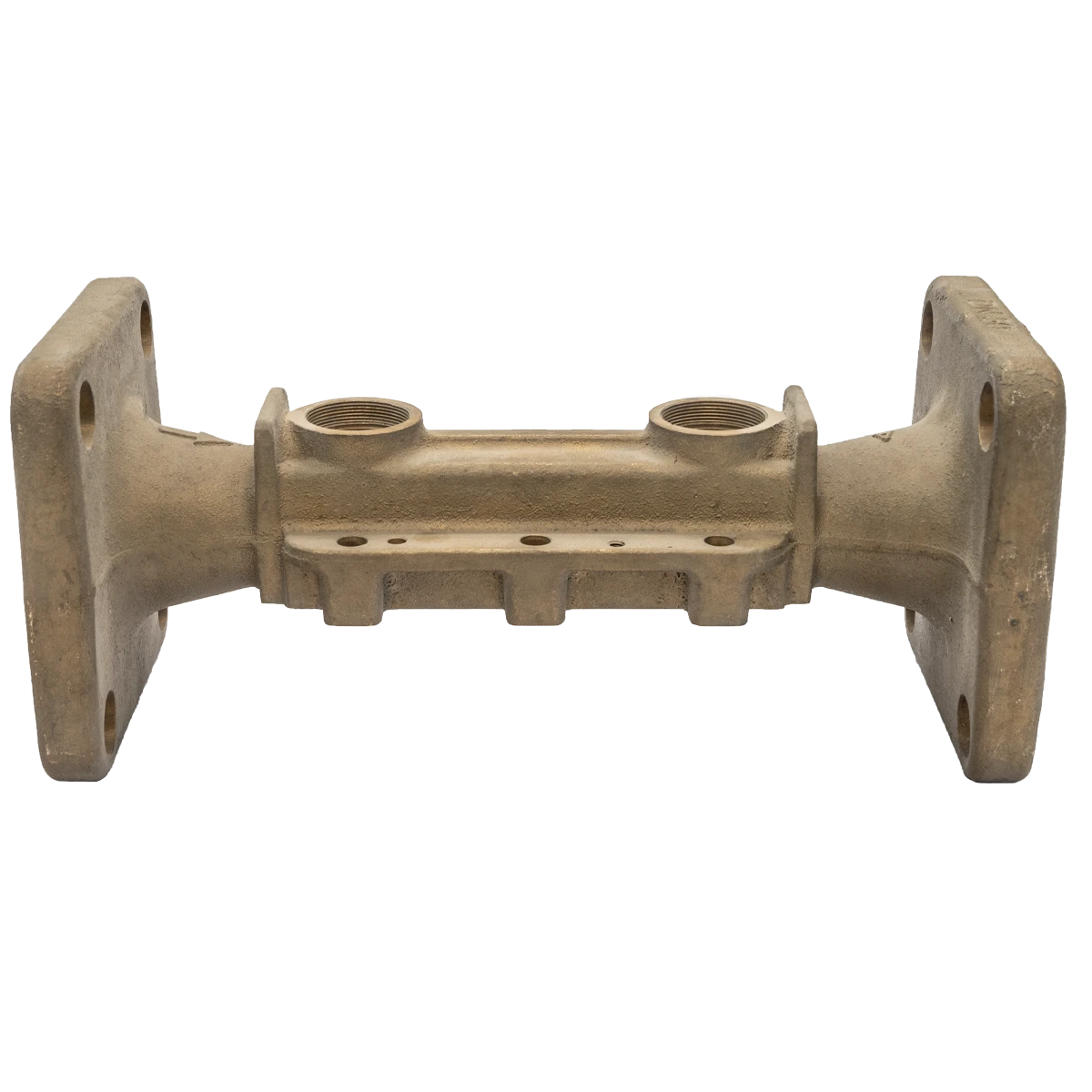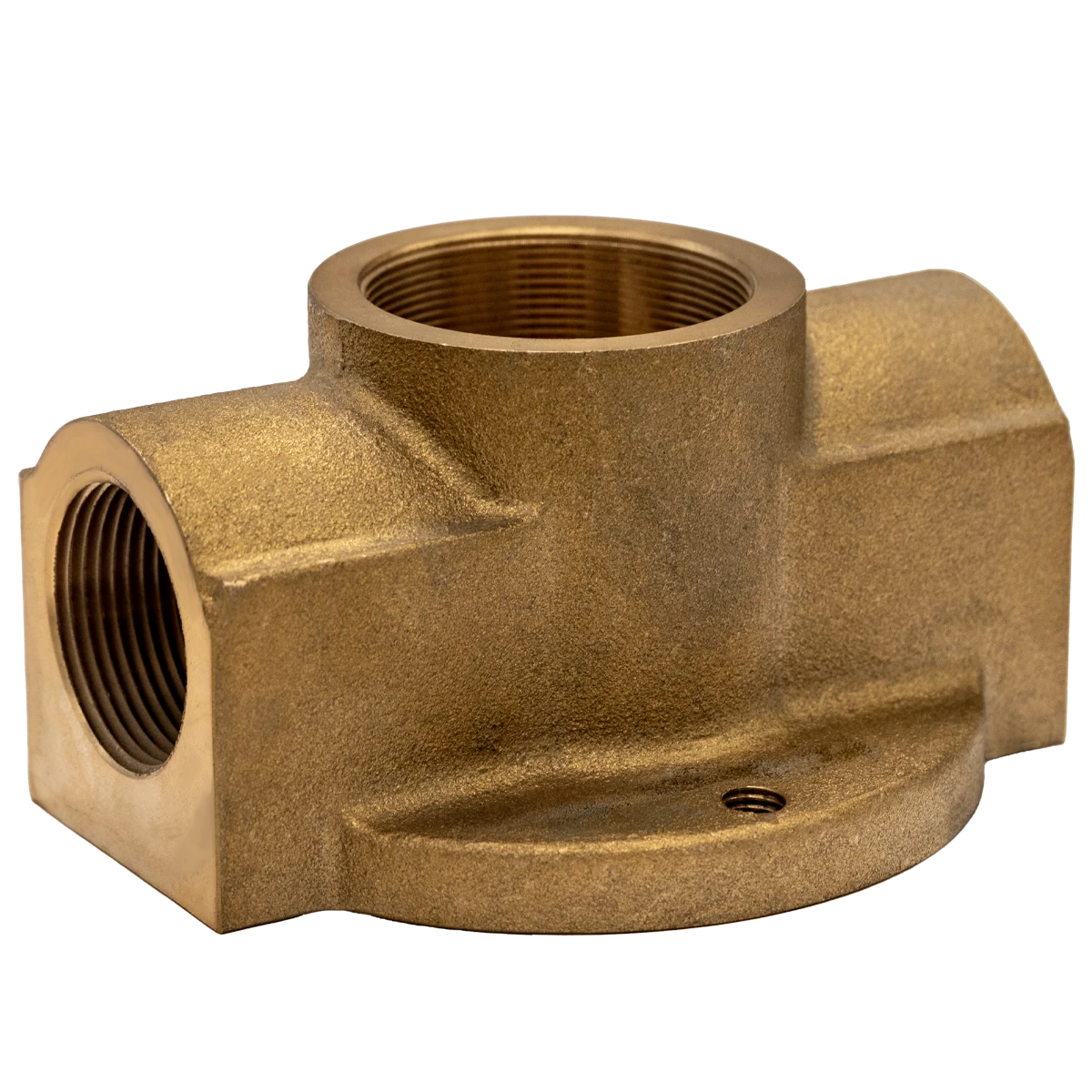Mobile:+86-311-808-126-83
Email:info@ydcastings.com
English
Bend and Connector
A "Bend" and a "Connector" are terms often used in the context of pipes, tubing, and conduit systems. They refer to components that play different roles in directing the flow or routing of materials, such as liquids, gases, or electrical wires.
A bend is a curved or angled section of a pipe, tube, or conduit. It is used to change the direction of the material flowing through the system. Bends can be used to navigate around obstacles, corners, or other pipes. There are different types of bends, including 90-degree bends (right angle), 45-degree bends, and custom angle bends. The choice of bend depends on the specific requirements of the system.
A connector is a component used to join two or more pieces of pipes, tubing, or conduit together. Connectors serve to create a continuous path for materials to flow through. They ensure a secure and often leak-proof connection between sections of the system. Connectors come in various forms, such as couplings, tees, elbows, unions, and adapters. The type of connector used depends on the specific needs of the system, such as branching off into multiple directions, changing pipe sizes, or connecting different materials.
In summary, while bends change the direction of material flow by introducing curves or angles, connectors facilitate the joining of multiple sections of the pipe or conduit system to maintain a continuous and secure pathway for the materials. These components are essential in various industries, including plumbing, HVAC (heating, ventilation, and air conditioning), electrical systems, and fluid transport systems. The choice of specific bends and connectors depends on the design and functional requirements of the system.
-
Materials Used in Manufacturing Cap End Pipe FittingsNewsNov.24,2025
-
Material Properties of CF8M CastingNewsNov.24,2025
-
How to Inspect Pump Cap Ends for DamageNewsNov.21,2025
-
Backward Curved Impeller – Efficient Airflow Solutions for Industry | YD CastingsNewsNov.21,2025
-
Automobile Water Pump - Efficient, Quiet, Durable & ElectricNewsNov.21,2025
-
Impeller for Pumps – High-Efficiency, Durable, OEM-ReadyNewsNov.21,2025











